iOS 15 arrives: Your new iPhone will get new notifications, better FaceTime, and more. We are in the middle of Apple’s developer conference, the WWDC21. The conference that Apple uses to present its new software that will arrive in some countries. And it has started with the main course: iOS 15, which will be the new version of the operating system of the current generation iPhone. There was also news on other systems, such as iPadOS 15 and macOS Monterey.
iOS 15 arrive with new features
Apple started its conference by presenting iOS 15 and its new features. These new improvements are mainly focused on Apple ecosystem applications, such as Photos, Apple Music, or integrated system functions, such as Spotlight. Even areas of iOS hitherto little changed, such as iOS notifications, are redesigned.
iOS 15 will add more smart features such as LiveText to scan information in the form of text from images and changes, such as Notification Summary, which will sort our notifications and group them according to time of day and priority they have.
New notifications
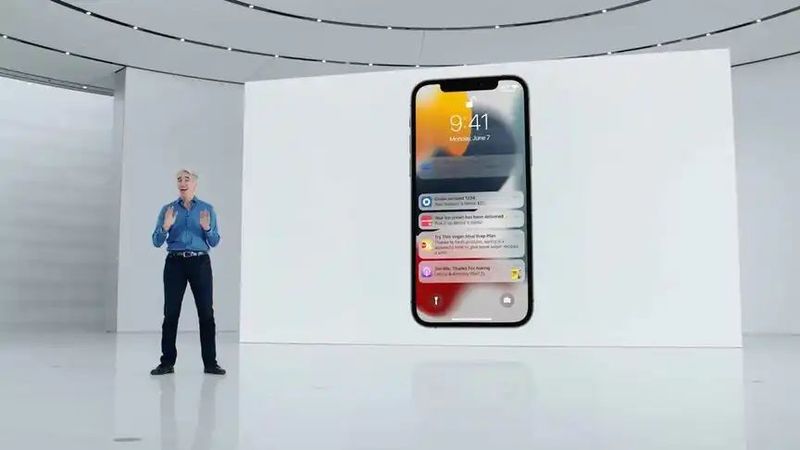
The main change users will see in iOS 15 involves notifications. Apple has added a feature called Notifications Summary, a sort of notification center similar to what we have previously seen on Android. Apple’s idea is that these notifications will be organized depending on their relevance and the attention they require.
With this new notification center, we will be able to better distinguish which types of notifications, and we will be able to organize them and prioritize the ones we want most. We will be able to schedule this summary of notifications to appear grouping the notifications we want depending on the time, either in the morning or at night.
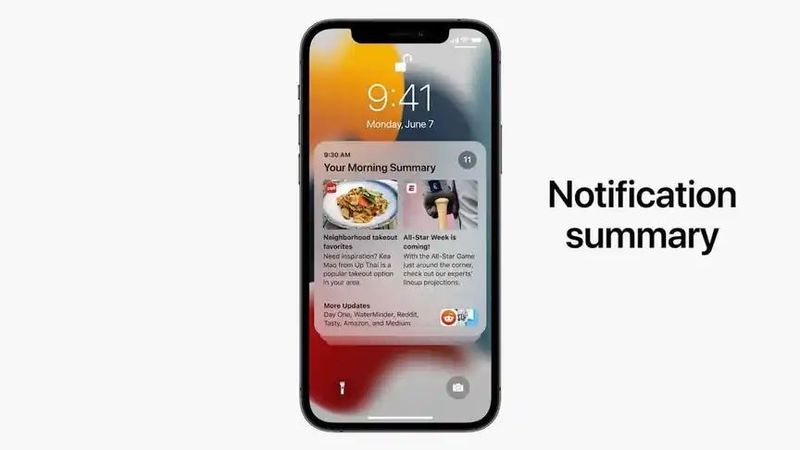
Of course, they also receive a redesign that although it is not too radical, will allow them to distinguish them better. They become more rounded, and the application icons become larger so that we can know exactly which applications are sending them.
In the context of notifications, Apple also adds the so-called Focus mode. This will allow us to focus on specific tasks, whether personal, work or sleep. Options that we can also edit, and through which the system will do the rest.
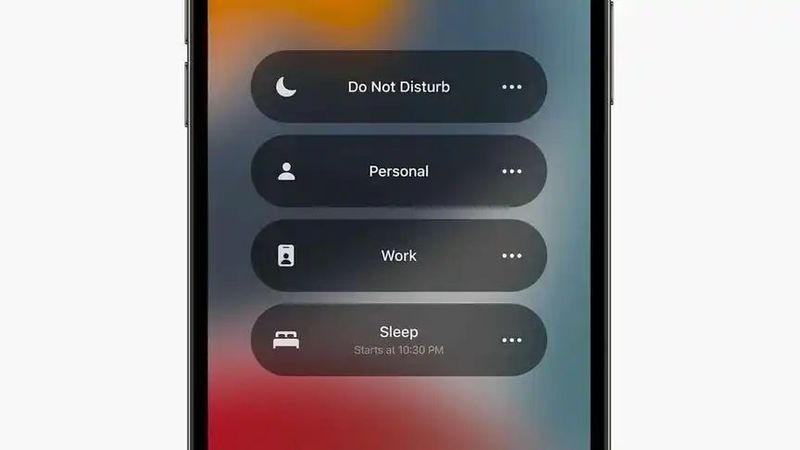
For example, if we focus on work, we will only receive notifications from work applications. The same with the personal field; we will only receive notifications from our friends and family, and we can choose which friends and family have priority in Focus.
FaceTime
FaceTime has gained unexpected notoriety this year in part thanks to the pandemic. Apple is looking to make making a FaceTime video call less tedious. First, machine learning is applied to intelligently reduce background noise in video calls, something that other manufacturers such as Nvidia have already done in their software.

A new redesign is added to see the callers in a grid and a portrait mode that blurs the background is included. Additionally, Apple has added the ability to create specific links to join FaceTime calls that, in addition to being able to share, will allow us to access these video calls even from a browser via Android or Windows.
Apple has also announced SharePlay, a feature to share all kinds of content in a FaceTime call. With this feature, callers will be able to synchronously listen to music with Apple Music and even watch series and movies via streaming. Again, all are synchronized at the moment, regardless of the devices chosen or the Internet connection.

All of this can be controlled via new controls at the top of the screen. SharePlay is interactive; callers can change the playback queue or interact with the streaming video being played. It also supports Picture-in-Picture for small screen viewing and AirPlay. We will be able to send the video to our Apple TV without the call ending. Streaming platforms such as Disney+ or HBO Max have already announced compatibility.
iMessage
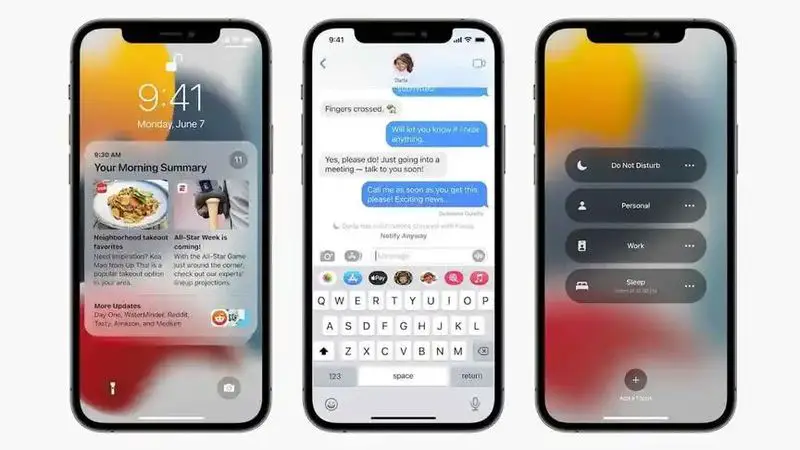
The iMessage application also receives improvements, although because in some countries this application is used more as an SMS receiver, we may not take advantage of all of them. Now, iMessage will group all the content received in a small collection dedicated to a separate section so that we can consult it at all times.
Focus and Do Not Disturb mode will appear directly in our iMessage status. That is if someone wants to send us a message and we have any of these modes activated, the system will notify the group or contact so that they are aware of it.
Intelligent new features

iOS 15 integrates smart features such as Live Text. This allows us to capture text from a photo and use its information. A function very similar to what we see in other apps like CamScanner, but integrated directly into the camera. In addition, at the same time that we take the photo, we can both resize the photo so that it shows us only the surface of the text and select it directly from the photo.
This includes copying the text, pasting it in other places, and so on. In addition, Live Text will detect information from this text. If it has a phone number, we will be able to call that number directly from the photo without having to copy the phone number. Live Text works on all platforms, even with web photos or screenshots.
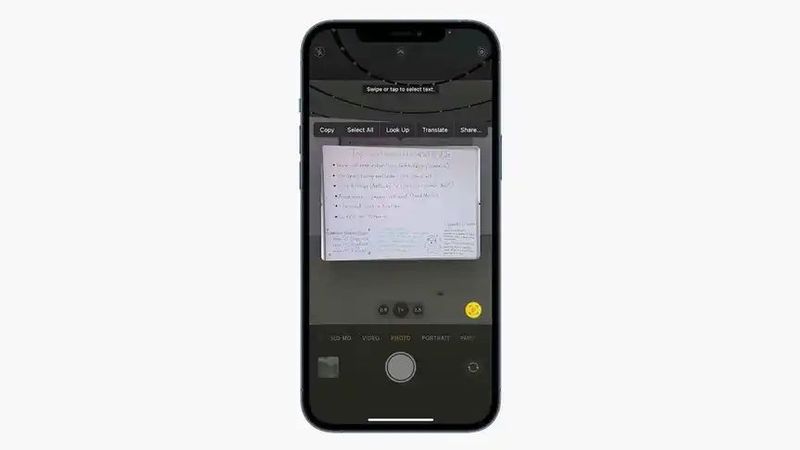
Live Text picks up the baton from Google Lens and applies machine learning to recognize elements within these photos and give us information about them. If, for example, it recognizes a flower, it will tell us what flower it is, and the same happens with people, animals, etcetera.
Now, Spotlight will give us more information about what we are looking for, including contacts. If we search for the name of a contact, for example, in addition to giving us different options for calling or sending messages, it will tell us what links we have shared with them, content related to them, and even their location in real-time if they have given it to us.

Photos also get a dose of smart features. Photo Memories are added, which creates smart selections from our photos to create memories. These memories can be customized with music, transitions, and filters that, in addition, will be based on our tastes to apply filters and effects on each of them.
Changes in more apps
As we said, iOS has focused mainly on improving its applications. Very important applications of the ecosystem are improved, such as Wallet, Weather, or Maps. Weather, meanwhile, receives a deep redesign with new backgrounds that adapt to the weather conditions of the moment.
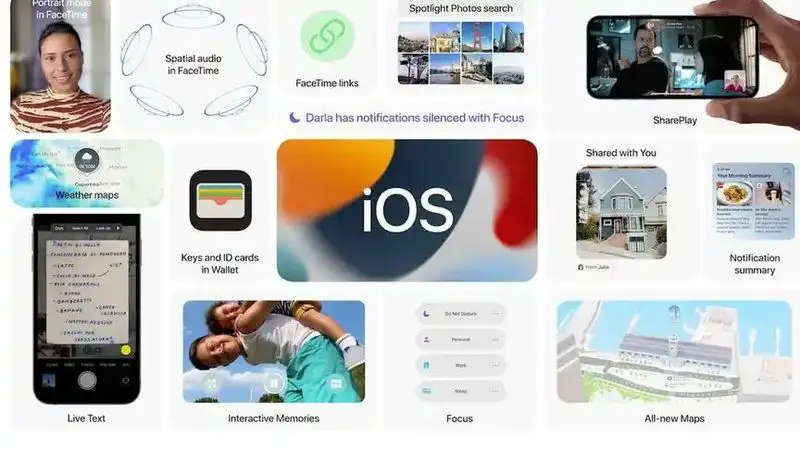
The information will be adapted to these animated backgrounds and, according to Apple, will better represent the weather conditions of the day. Wind, clouds, rain… will be improved. Finally, we will have weather maps to check for example the air quality with full-screen images in high resolution.
The Maps application changes its design and arrives today in some countries. This includes more detailed maps that also represent entire districts and commercial areas. We will also see more detail on important sites, which will also include the elevation of the terrain and road markings that we have to take into account.

Also added is a 3D model for highway travel; this will give us a 3D view of the road, which should help us for example to take the correct exit or follow directions more clearly. Finally, Maps will add notifications regarding our route, warning us for example if we have to get off at a bus stop.
Finally, Wallet will allow us to carry our keys on our iPhone. We will be able to carry our car keys or even our house keys. The compatibility of these keys with Wallet will depend mainly on third-party manufacturers, and BMW will be one of the first to have this feature in iOS 15.
We will also be able to carry our driver’s license or even our hotel keys, to prevent us from losing them and thus not relying on physical cards.
Spatial audio in everything
Spatial audio is now available on Mac, FaceTime, and Apple TV. AirPods are also improved; we’ll be able to search for our AirPods if we lose them thanks to the Proximity View feature, and ambient background sounds are added. We also see a feature to reduce ambient sound. If we are separated from our AirPods, in addition, the iPhone will alert us that we are moving away to pick them up.
More privacy

Apple again emphasizes privacy, one of its most important keys. Now, we will be able to hide our IP, our location and we will also be able to hide which emails we open. In addition, iOS will include a small space where we can review all activity related to our applications and how they behave both with the system and with other third-party applications.
We will be able to review the third-party apps that have activity with our applications. In addition, we will be able to consult at what times these applications interact with our smartphone, being able to consult even the exact time at which it was done.
Revolution in health

Health is one of the most important apps in iOS and general in the Apple ecosystem. iOS 15 and the Health app now include fall assistance, measurements to detect falls based on our speed, height, and steps, and visualization of patterns on how far we walk in our daily walks. This includes tips on how to improve them, of course.
Health will notify us if we need to take medical tests and give us health trends, so we can keep our current state under control. If the application detects abnormal levels of any aspect of our health such as glucose, it will inform us of this to arrange an appointment with a medical professional. All this data can be shared directly with that professional.
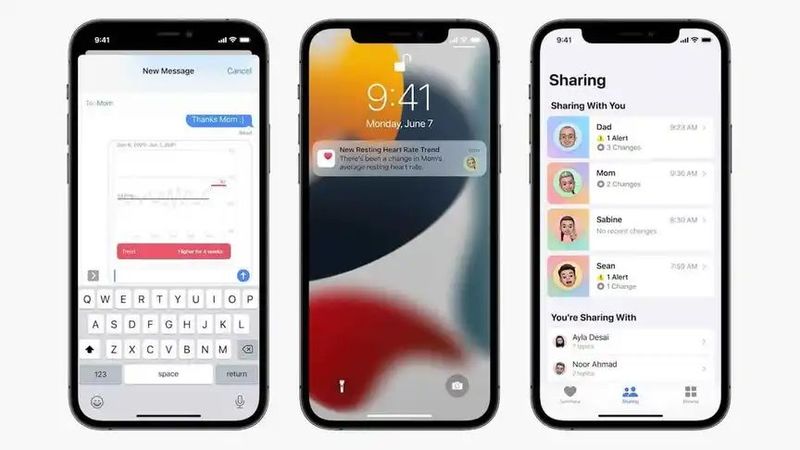
The contacts we choose, whether family or friends, will receive health notifications so that our loved ones are also aware of what is happening with us and with each other.
HomeKit
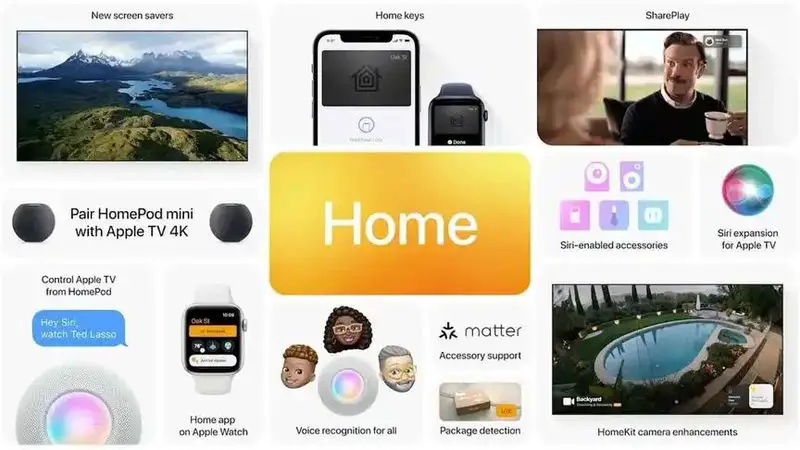
While we haven’t as such seen the birth of homeOS, this fall we will be able to use HomeKit for many other things. Apple’s HomePod Mini will receive the ability to be used as speakers for Apple TV. Additionally, we will be able to track packages we receive from the iPhone and view our surveillance cameras from the Apple TV.





